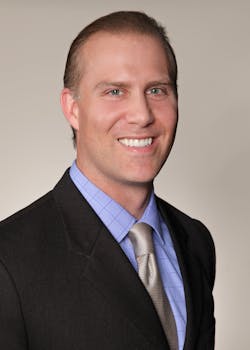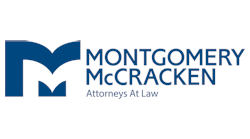This article originally appeared in the May 2022 issue of Security Business magazine. When sharing, don’t forget to mention Security Business magazine on LinkedIn and @SecBusinessMag on Twitter.
Did you ever fix something after it had caused injury or damage? Have you ever changed a policy or a business practice because it caused unintended harm? Some might suggest that you should have gotten it right the first time; others may applaud you for making things right.
Well, the law has an opinion on this…and even a fancy set of words for it: Subsequent remedial measures.
Sounds like lawyer talk, right? Well, it is, however, it is also a very important concept in the law and in business – particularly in the life safety industry.
Wait a minute! How could something you have never heard of be that important in an industry where you have worked for years? Allow me to explain…
Subsequent Remedial Measures Defined
Take a closer look at Rule 407 of the Federal Rules of Evidence, entitled Subsequent Remedial Measures: When measures are taken that would have made an earlier injury or harm less likely to occur, evidence of the subsequent measures is not admissible to prove: negligence; culpable conduct; a defect in a product or its design; or a need for a warning or instruction. But the court may admit this evidence for another purpose, such as impeachment or – if disputed – proving ownership, control, or the feasibility of precautionary measures.
Similar rules exist in most states – either in statutory law (enacted by legislatures) or common law (developed by courts).
Put simply, the law says that evidence of fixing something after it caused injury cannot be used in litigation to show that you are liable for that injury. Seems strange, right? However, the policy rationale for this rule under federal and state law is the concern that if plaintiffs in litigation could introduce evidence of subsequent remedial measures performed by a defendant, then otherwise conscientious people and businesses would be discouraged from making necessary safety precautions after an incident.
A classic example is fixing the brakes after a school bus crashes. Society wants those brakes to be fixed; however, if it was not for this important rule of evidence, the bus operator may fear for their own liability if they make such a repair. Without getting into all the nuances, the law generally allows for them to make the repair and disallows an injured party from claiming that the repair proves the liability of the bus operator. Evidence of subsequent remedial measures could, on the other hand, be used to prove that the bus operator owned or controlled the bus (if they were otherwise denying such ownership or control).
Why it Matters to Security and Life Safety
Law is often used to either encourage or discourage behavior, such as IRS rules allowing for the deductibility of charitable giving. So it is here, with the law of subsequent remedial measures encouraging manufacturers and other service professionals to make improvements for greater safety.
The courts have applied this principle to exclude evidence of subsequent repairs, installation of safety devices, changes in company rules, discharge of employees, etc.
Given the high stakes, manufacturers, integrators and others in the life safety industry must strive to provide the highest quality products and services. Sometimes that requires that they make improvements or adjustments. Sometimes the need for such improvements or adjustments are not obvious until an injury results.
The law of subsequent remedial measures accounts for this and provides an important level of protection in any resulting lawsuit. So, if a security product fails, or a residential installation was below standard, or your policies or practices were deficient, you must and should make the changes necessary to promote safety and quality.
The law has your back on this one – fancy words and all. Thanks to the rule on subsequent remedial measures, doing the right thing is the right thing to do, especially when life safety is your business.
Timothy J. Pastore, Esq., is a Partner in the New York office of Montgomery McCracken Walker & Rhoads LLP (www.mmwr.com), where he is Vice-Chair of the Litigation Department. Before entering private practice, Mr. Pastore was an officer and Judge Advocate General (JAG) in the U.S. Air Force and a Special Assistant U.S. Attorney with the U.S. Department of Justice. Reach him at (212) 551-7707 or by e-mail at [email protected].




